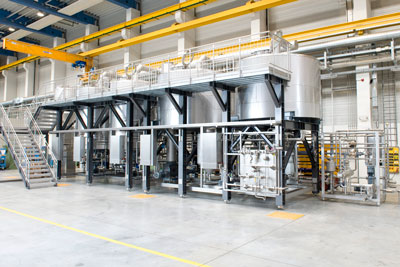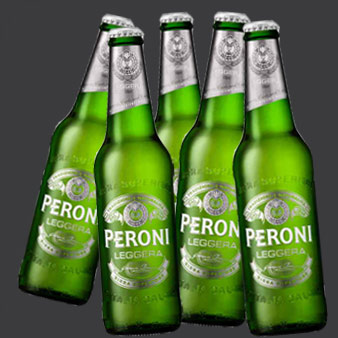Alectia is proud to announce the cooperation with the Chinese company Suobel Engineering Consultants Ltd. in Guangzhou, Peoples Republic of China. “This agreement further strengthens Alectia’s competencies and capabilities in the Chinese market, providing a strong bridge between our global clients and the Chinese manufacturers. Our team in China now has a strong partner to provide expertise in Asia and further extends our delivery flexibility in the international markets”, says Business Director Steve Wilkinson, Alectia.
Among those slated to participate in an auction for Foster’s beer unit are SABMiller, Molson Coors, Asahi and Coca-Cola Amatil (CCA). CCA, in 2006, set up a joint-venture beer business in Australia with global brewer SABMiller called Pacific Beverages.
Fosters wine business Treasury Wine Estates encompasses Penfolds, Wynns, Rosemount and Wolf Blass brands and their assets including 12,000 hectares of vineyards, 20 wineries and 50 wine brands across Australia, California, France, Italy, and New Zealand.
The anticipation in the air was palpable when the guests from the brewing industry entered the production hall of Krones AG’s Steinecker plant in Freising, Germany. Swathed in bright blue was the CombiCube B, a compact-size brewhouse, the latest innovation from Steinecker.
Chardonnay – who risked drinking chardonnay in recent years? Not me, thank you. Many self-respecting women stopped buying chardonnay when the film character Bridget Jones bolstered her lack of self-esteem with yet another glassful of the stuff. Not wanting to become like Bridget, women moved on to sauvignon blanc, and when that got boring, to viognier, gewürztraminer, grüner veltliner and, well, ABC (Anything But Chardonnay). So when the “Footballer’s Wives”, the British TV drama, featured a character named Chardonnay Lane, women knew they had made the right choice and struck chardonnay off their list.
Carlsberg is keen to develop Asia as an additional growth engine to reduce its dependency on mature western European markets and the group’s big but unpredictable Russian operations, Baltika.
For over 30 years Mr O’Donnell has filled various technical roles at Courage Australia, Toohey’s (Lion Nathan) and Foster’s.
For once, this is not going to be a story about the ailing pub retail sector in the UK whose alarming numbers of weekly pub closures have dominated the news for two years now. Across the Atlantic, the situation is hardly any better. The U.S. restaurant industry, which constitutes fast food, casual dining and upscale chains, is facing its toughest times in three decades. Due to the ongoing economic turmoil and significant unemployment, consumer demand is expected to drop by 4 percent this year, says Alix Partners, a consultancy in a recent report.
Media sources say that both Korean banks and foreign institution have lined up in recent months to court the two private equity outfits for a recapitalisation of the number-two South Korean brewer.
Pacific Beverages’ revenue for 2009 jumped to AUD 109.14 million (EUR 75 million) from AUD 78.7 million in 2008, a gain of 38.7 percent despite the slowdown in the beer market.




